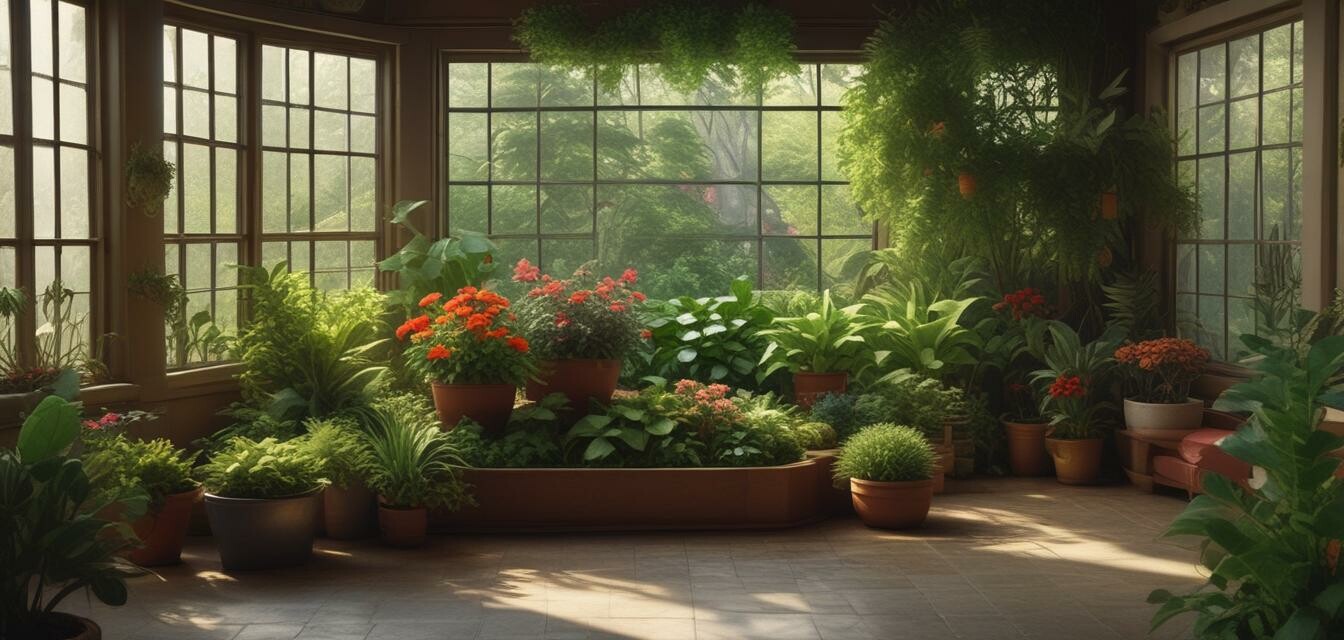
The Benefits of Companion Planting for Indoor Gardens
Key Takeaways
- Companion planting can enhance growth and health of indoor plants.
- Certain plants deter pests naturally, reducing the need for chemical treatments.
- Creating a diverse plant ecosystem can improve air quality and plant resilience.
- Understanding plant compatibility is essential for successful companion planting.
- Strategic placement of companion plants can maximize space and aesthetics.
Companion planting is a gardening technique that involves growing different plants together for mutual benefits. This age-old practice can be particularly rewarding in indoor gardens, where space is often limited and the environment requires more careful management. Below, we explore the various benefits of companion planting for indoor gardens, highlighting how it can contribute to a thriving indoor ecosystem.
What is Companion Planting?
Companion planting refers to the practice of planting two or more species of plants in close proximity for various benefits. This practice not only enhances growth but can also promote pest control and improve overall plant health. By understanding the relationships between different plant species, you can create a more productive indoor garden.
Benefits of Companion Planting
| Benefit | Description |
|---|---|
| Enhanced Growth | Certain plants can facilitate nutrient uptake and support each other's development, leading to healthier and faster growth. |
| Pest Deterrence | Some plants release natural repellents that deter harmful insects, minimizing the need for chemical pesticides. |
| Improved Biodiversity | Companion planting creates a balanced ecosystem that can lead to reduced disease incidence among plants. |
| Efficient Space Usage | Strategically placing companion plants can maximize limited indoor space, creating a lush and diverse garden. |
| Enhanced Aesthetics | Diverse companion plants can create a visually appealing arrangement with varied textures and colors. |
How to Choose Companion Plants
Choosing the right companion plants involves understanding their growth habits, nutrient needs, and pest resistance properties. Here are some tips for selecting companions for your indoor garden:
- Understand Growth Patterns: Pair plants with similar growth rates to avoid competition for light and space.
- Nutrient Needs: Some plants can benefit from sharing nutrients. For example, legumes can fix nitrogen in the soil, benefitting neighboring plants.
- Pest Control: Incorporate plants that deter pests. For instance, basil is known to repel aphids and mosquitoes when planted alongside other herbs.
- Balance Light Requirements: Group plants that share similar light requirements to ensure all receive sufficient sunlight.
- Flowering Plants: Choose plants that flower at different times to attract a variety of pollinators and beneficial insects.
Examples of Successful Companion Planting Combinations
Some combinations work particularly well in an indoor environment. Below are examples of successful companion plant pairings:
| Companion 1 | Companion 2 | Benefits |
|---|---|---|
| Basil | Tomatoes | Basil enhances the flavor of tomatoes and can guard against pests. |
| Marigolds | Bolivian Rosewood | Marigolds deter harmful nematodes that may affect the roots of other indoor plants. |
| Chives | Carrots | Chives can repel aphids while providing a culinary addition to your indoor space. |
| Peppermint | Beans | Peppermint acts as a pest deterrent, maintaining bean plant health. |
| Aloe Vera | Spider Plant | Both plants thrive on similar light levels and help purify the air. |
Getting Started with Companion Planting
To initiate companion planting in your indoor garden, consider the following steps:
- Research which plants grow well together.
- Assess your available space and light conditions.
- Select a variety of plants to incorporate into your garden.
- Prepare your planters with high-quality soil to support diverse plant needs.
- Monitor your plants and adjust arrangements as necessary to promote healthy growth.
Pros
- Improves plant health and growth rates.
- Reduces pest problems naturally.
- Creates a vibrant, diverse plant environment.
- Maximizes space efficiency in small areas.
- Enhances the aesthetic appeal of indoor gardens.
Cons
- Requires careful planning and research of plant compatibility.
- Some plants may compete for resources.
- Potential for overcrowding in small spaces.
- Not all combinations are successful, leading to possible failures.
Final Thoughts
Companion planting is an effective method to improve your indoor garden's health and aesthetic appeal. By understanding plant dynamics and employing strategic pairings, you can create a flourishing indoor ecosystem. Diversifying your plant selections not only helps them thrive but can also contribute to a healthier living environment. Discover more about creating a healthy indoor garden by checking our Care Tips section for further insights!
Are you ready to explore the fascinating world of houseplants? Start your journey and find the perfect greenery for your space at Houseplantshop.com!

